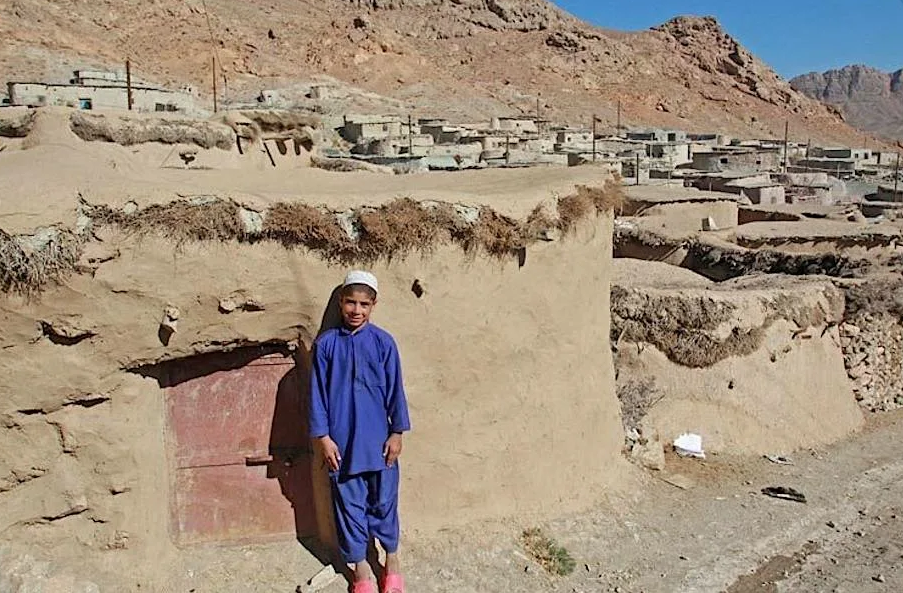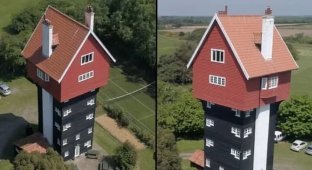Iranian gnome village 5000 years old. Their height did not exceed 70 centimeters (6 photos)
In the Iranian village of Makhunik there are houses built a hundred years ago, and to modern people they seem to have been built by some kind of Lilliputians. Their height does not exceed one and a half meters, while the inhabitants stood at their full height in them. 
Suddenly, the village of Makhunik near the Afghan border, with its small houses, became the best historical monument that gives the country's residents confidence in the future. 
There is not enough room here even for a modern eight-year-old, look at the door! Is this a gnome's house?
Modern Iranians can barely enter these houses; they have to bend down in the passages and stand hunched over inside. And all 200 houses in the settlement were built so low, that is, this is no exception.
The local residents were all shorter than one and a half meters, because the population did not have enough food, there were no vitamins in it so that the bones could grow properly in their youth. Plus, there were many marriages between relatives, because people did not have the means to travel between settlements.
This is the fate of many remote subsistence villages. At the same time, the soil in Iran is not the most fertile; turnips and barley grew with difficulty in the village, so people simply had no chance to grow. 
A bit like the nomad settlements on Tatooine in Star Wars, those little ones who robbed everyone
And compare with the modern tall Iranian, who in just a couple of generations became a real giant for his ancestors.
And all thanks to the development of infrastructure in the country. When roads began to be built, it became possible to deliver food along them, buy meat, poultry, and other grains. People were able to eat a varied diet and become taller and taller with each generation, almost 10 centimeters.
And at some point, the ancestral houses became literally physically too small for the indigenous residents, and they had to move. They did not demolish the village of their ancestors; they simply built tall brick houses nearby. 
See more modern brick houses surrounded by mud houses
Now in Makhunika, 700 tall people live next to the huts of the Lilliputians. They are still engaged in farming, cultivating the poor soil, from which they obtain a meager harvest of turnips and other unpretentious crops.
But now they are given subsidies, food is brought from the state, and their bodies are strong and tall. This is the best illustration of how the life of a poor peasant has changed over a hundred years. 
Modern man and not everyone can even get into such houses
The history of this village is interesting because the same families with the same set of genes live in it. That is, if in China midgets from all over the country simply came together and decided to live in one village, then in Iran harsh circumstances and poor soil made them midgets. 
The soil is made of clay, sand and stones, it is difficult to live here by farming
And the state was able to “turn back” the Lilliputians into tall, healthy people. In my opinion, this is a positive story, 100 years long.


























